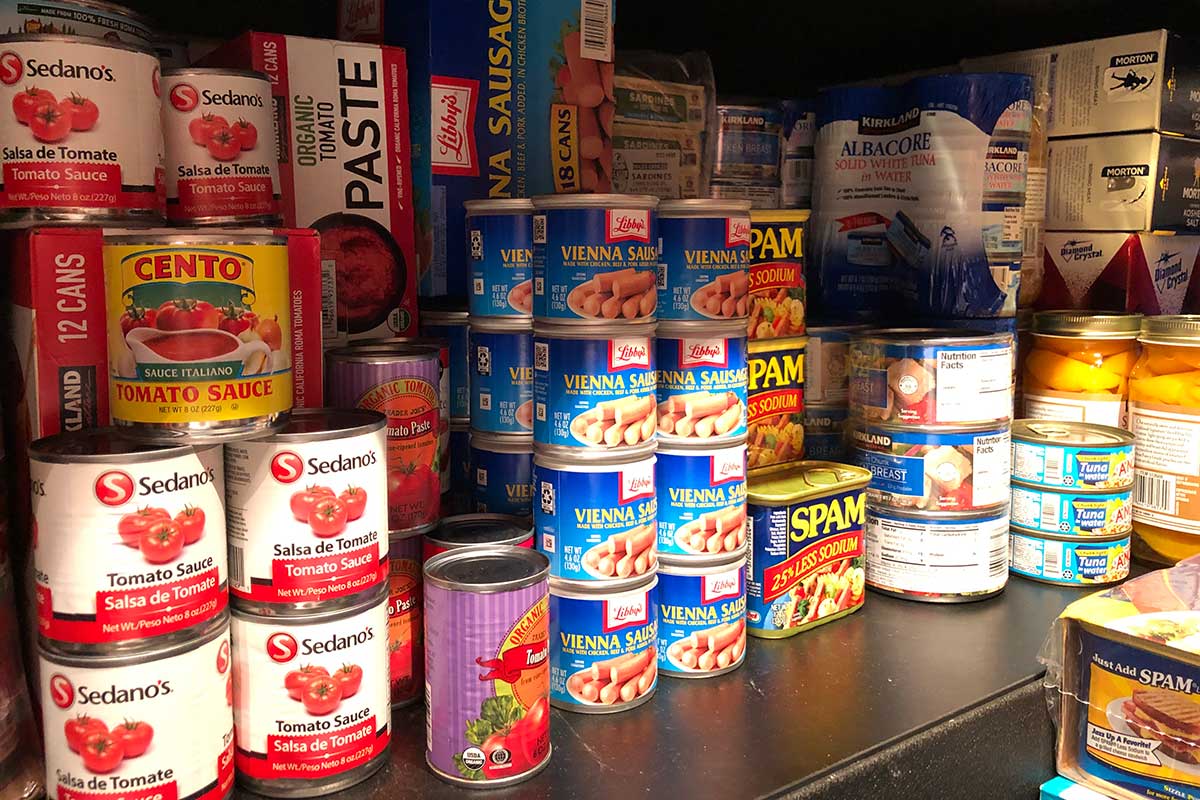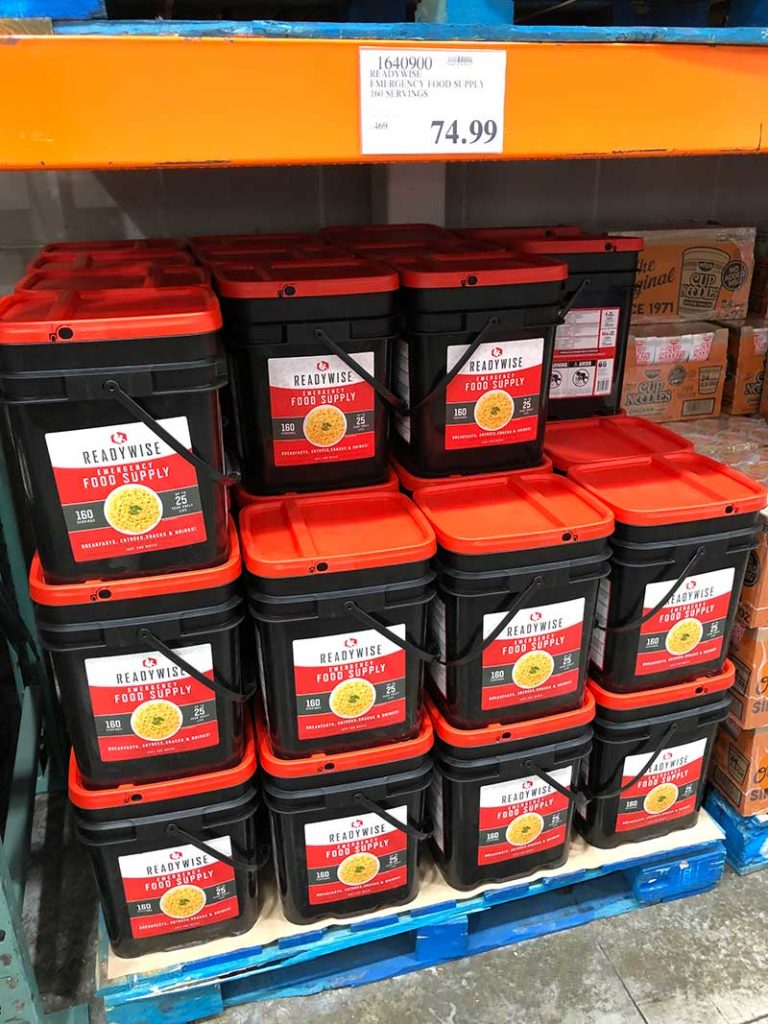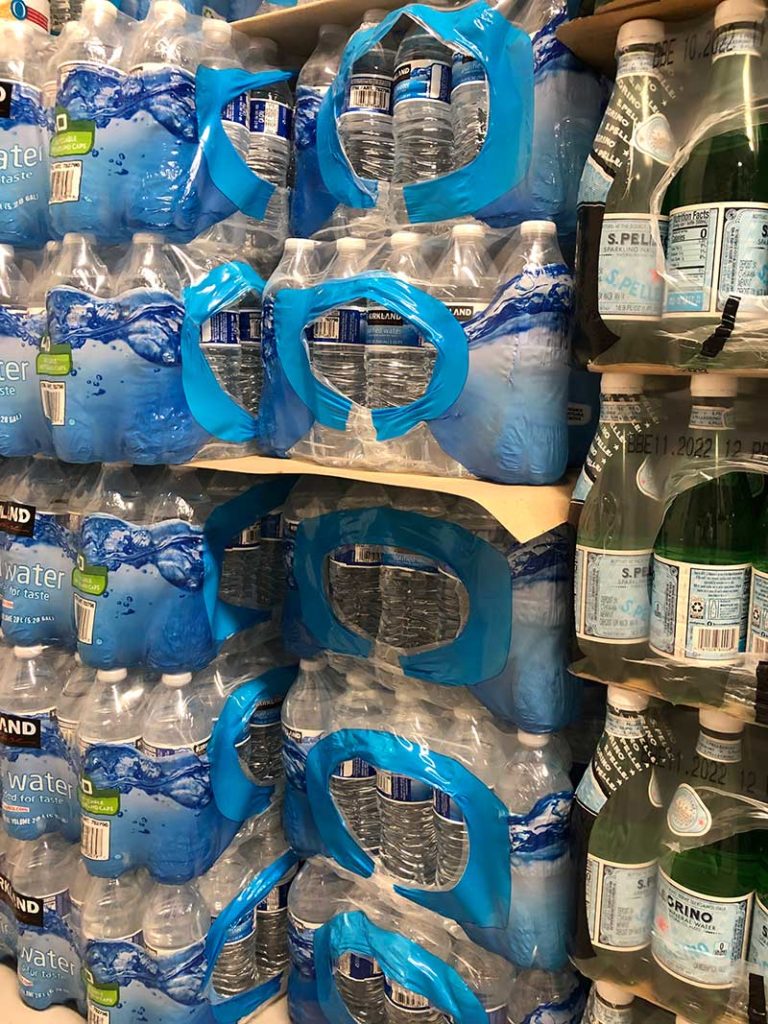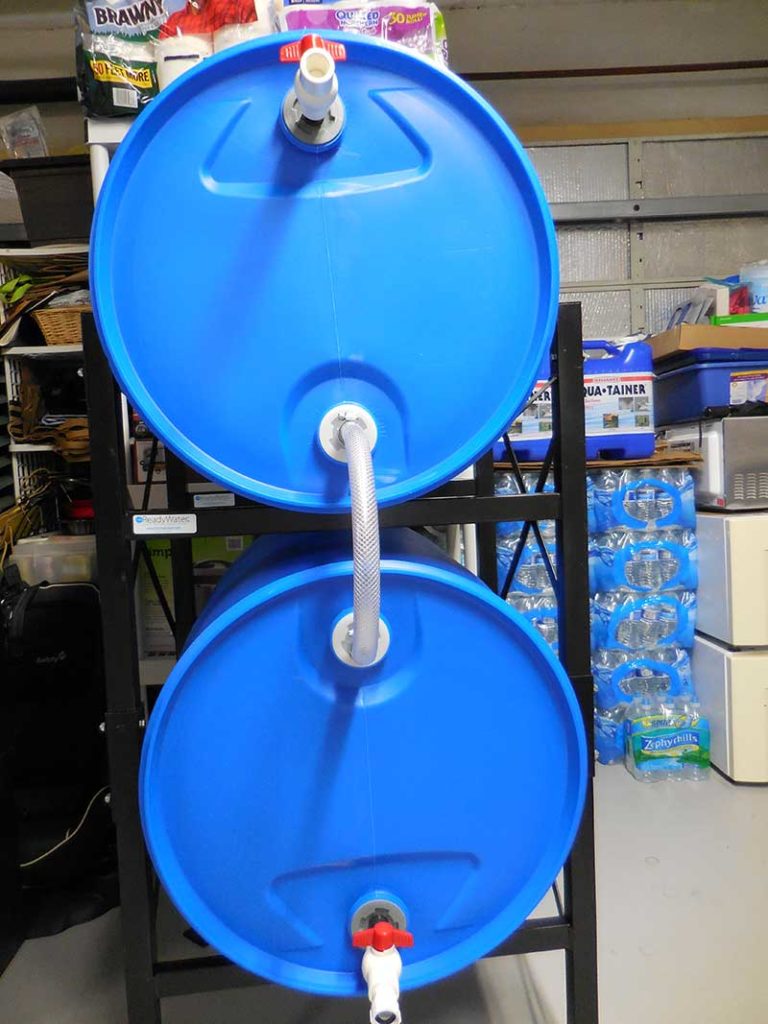
AC-03-14-22-Essential-Prep-American-Cop-(2)(B)-800
There are troubling signs just about everywhere for those of us who are paying attention. Not only are things looking pretty grim, but they seem to be getting worse in real-time. As one crisis subsides, another, arguably more serious, takes its place. While most of us have no control over any of these dumpster fire events, we do have some level of control over how we react and, more importantly, what we do about it.
In this article, we discuss four of the most significant preparations you should be making right now. We also discuss why it’s vital that you do these things and why you should do them sooner rather than later.

Buying and storing canned goods is easy, convenient and allows you to store products you normally use on an ongoing basis; this also makes it easier to rotate your food stores.
AN ALARMING SENSE OF URGENCY
I have been urging people to prepare for decades. In the past, I have always advised patience, especially with new preppers. I would often encourage them to take their time and improve their preps incrementally, learning along the way and managing the costs by doing a little at a time. That all changed in 2021-2022. My present message to anyone who will listen is to make all the essential preps as soon as possible. This is not a doom and gloom prediction, and I don’t have any insider information. But, I am seeing some very troubling signs and trigger points, all with the potential to set in motion perilous scenarios.
Here are four of the most crucial preps that require your immediate attention.
Why these four? And why now? Because this is where the risk and exposure are the highest, and if you don’t act now, later may not be an option. (There are, of course, many other things you should be doing, but since time is of the essence, I suggest you may want to start with these.) But more on that below.
1. Food
2. Water
3. Cash
4. Security/Self-Defense
Food:

Buying pre-packaged emergency food has never been easier. According to the manufacturer, this bucket contains 160 servings and will store for up to 25 years.
Food has always been a critical item, but never more than right now. Food shortages in America are real, they’ve been getting worse, and we haven’t even seen the full extent of it yet. For many people, keeping food on the table is becoming more difficult, more expensive; and there are no signs of this improving anytime soon. The contrary is true. One bit of good news is that despite all the shortages, increasing prices, and smaller packaging, food shelves are still fairly well stocked, and food options are still plentiful, to some degree. In other words, there’s still time to stock up. Chief among the many problems affecting our food supply are inflation, supply chain disruptions, worker shortages, trucker’s strike(s), Russia, Ukraine, cost of fuel & fertilizers, and of course, panic buying.
For the long-term, I suggest you buy a variety of calorie-dense, shelf-stable foods that require no refrigeration, little cooking, or preparation. But, it would be best if you also stocked up on daily consumables for the short term—plan for no fewer than 2000 calories, per person, per day. Think rice, beans, pasta, canned meats/fish, oats, oils, and protein powders. Regardless of what type of food you decide to buy, do it now while there is still time. Don’t wait until there are more severe shortages, or worse yet, a significant panic where the shelves can be stripped bare within hours.
Water:

Storing a minimum 30 day supply of emergency bottled water is an excellent short-term solution, and a great way to start your preps. Remember to rotate your water supply.
Water is an essential priority, second only to security and self-defense. Water preps are relatively straightforward – store a minimum of two gallons, per person, per day, for no less than 30 days. This is a bare minimum, and you should try and store as much as you can. You should also have at least three proven methods for disinfecting suspect water, and remember, all water is suspect until disinfected.
Buying bottled water is certainly an option, so is collecting and storing tap water. You can easily store tap water in larger containers. Based on your needs, and the amount of space available, formulate a water plan and get started. Remember, the two-gallon rule is only for drinking; you’ll need more for cooking and personal hygiene. Why is water an essential prep if it flows from the tap on demand? Because that tap may stop flowing, and it may quit with little or no warning. Or the water coming from the tap may not be safe to drink. For those reasons and many others, we urge people to store an emergency supply and have the tools to disinfect and filter water.

Using two 55 gallon drums will allow you to store a considerable amount of water at very little cost. Using storage racks you can stack and connect two (or more) 55 gallon barrels; this setup also has the added benefit of using gravity to dispense the water. No siphon needed. If you don’t have the space for 55 gallon drums, use whatever containers will fit.
Cash:

Maintain at least $500.00 – $1,000.00 in cash, preferably in small denominations. Emergency cash should be stored in a safe, but easily accessible location, and should not be touched except in a true emergency.
As I write this article, many people in Russia are reportedly standing in long lines desperately trying to get cash from ATMs. People are so used to using plastic and other electronic payment methods that cash has all but disappeared from everyday use in many parts of the world. But, if (when) the payment systems go down and vendors cannot process credit/debit card transactions, cash will be the only viable alternative. The problem is that most people usually have no cash on hand. And if a large number of people decide they need cash, getting it may be difficult, if not impossible. As such, we urge that you maintain at least $500.00 -$1,000.00 in cash, preferably in small denominations. Store this emergency cash in a safe but easily accessible location, and you should not touch it except in an actual emergency. A bank safe deposit box may seem like a good option, but it probably won’t be accessible during an emergency. Banks often close during times of turmoil and social unrest; plan accordingly.
Security & Self-Defense:

Regardless what self-defense tools you decide to employ, make sure you are comfortable and proficient with those tools, and within the bounds of the law in your jurisdiction.
Security/self-defense is the most critical preparation anyone can make. The logic is simple, if you’re dead or seriously injured, none of your other preps will matter much. The same people who attacked and assaulted you will probably take everything you have of value. As such, this one prep requires extra time and attention. There are two goals: (1) Create multiple layers of overlapping security, primarily to buy you time, and (2) Possess the tools, training, and determination that will allow you to defend and protect yourself and your loved ones. There’s a lot to unpack here, but suffice it to say that it’s not enough to have the tools; you must also know how to use them effectively, with lethal precision, and without hesitation. Having said that now is the time to get whatever self-defense tools (and accessories) you feel comfortable with, or those that may be legal where you live. It would be best to learn how to use those tools now and then practice with them. Get the best training you can afford, and get it now. (For many law enforcement officers, this may seem redundant and unnecessary, but if the only time you use your trigger finger is during your yearly qualifier, this applies to you as well.). It’s also an excellent idea to consider training all adult family members since you may not be around when something happens. They may need to protect themselves without any assistance from you.
They need to know what to do and how to do it, long before being confronted with any violent encounter. Get everything you need, and get it now while you still can. Enough said.
FINAL THOUGHTS
Being “prepared” is all about expanding your options and mitigating risks. This means taking reasonable steps to ensure that you, and your loved ones, are safe, healthy, and protected. In other words, by getting prepared, you are stacking the deck in your favor. If you are new to prepping, I urge you to address these preps first. If you have worked on this for a while, now is an excellent time to review your efforts.
Then, ensure that these specific areas are all adequately covered. But, either way, this is no time for procrastination. There’s still a window of opportunity to get prepared, but it’s getting smaller with each passing day, and the world is getting uglier.
Stay Safe and Be Prepared.
ABOUT THE AUTHOR
Richard is a practicing attorney, an urban survival consultant, writer, firearms enthusiast, and freedom loving American patriot. He’s the author of Surviving Doomsday: A Guide for Surviving an Urban Disaster, and The Quick Start Guide for Urban Preparedness. Richard’s books are available at Amazon and other fine retailers. You can connect with Richard on Twitter @SurvivingDoomsd
DISCLAIMER
The general material provided is for informational purposes only. Any use of the general information contained in this article shall be solely at the reader’s risk.














